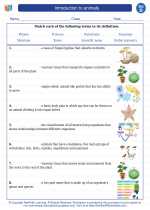Muscle Contraction
Muscle contraction is the process by which a muscle generates force and shortens to produce movement. It is a complex biological process that involves the interaction of various proteins and cellular components within the muscle fibers.
Process of Muscle Contraction
The process of muscle contraction is initiated by a signal from the nervous system, which causes the release of calcium ions within the muscle cell. This, in turn, triggers a series of events that lead to the shortening of the muscle fiber.
Key Steps in Muscle Contraction:
- Excitation-Contraction Coupling: The nerve signal triggers the release of calcium ions from the sarcoplasmic reticulum, a network of membranes within the muscle cell.
- Cross-Bridge Formation: Calcium ions bind to the protein troponin, which causes the regulatory protein tropomyosin to move, exposing the binding sites on the actin filaments.
- Power Stroke: The energy from ATP is used by the myosin heads to pull the actin filaments, resulting in the shortening of the sarcomere (the basic unit of muscle contraction).
- Relaxation: When the nerve signal ceases, the calcium ions are pumped back into the sarcoplasmic reticulum, allowing the muscle to relax.
Factors Affecting Muscle Contraction
Several factors can influence the force and speed of muscle contraction, including the frequency of nerve stimulation, the number of muscle fibers recruited, and the length-tension relationship of the muscle.
Study Guide:
- Define muscle contraction and explain its significance in the human body.
- Describe the process of excitation-contraction coupling in muscle fibers.
- Explain the role of calcium ions in muscle contraction.
- Discuss the steps involved in cross-bridge formation and the power stroke during muscle contraction.
- Compare and contrast isotonic and isometric muscle contractions.
- Identify and explain the factors that can affect the force and speed of muscle contraction.
Understanding the process of muscle contraction is essential for grasping the mechanics of movement and the functioning of the musculoskeletal system. Mastery of this topic will provide a solid foundation for further studies in physiology, biomechanics, and sports science.
.◂Science Worksheets and Study Guides Fourth Grade. Introduction to animals

 Worksheet/Answer key
Worksheet/Answer key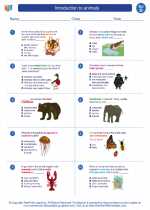
 Worksheet/Answer key
Worksheet/Answer key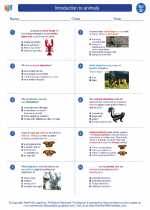
 Worksheet/Answer key
Worksheet/Answer key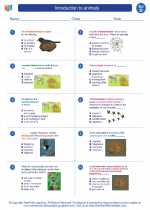
 Vocabulary/Answer key
Vocabulary/Answer key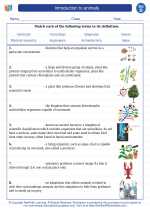
 Vocabulary/Answer key
Vocabulary/Answer key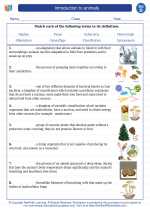
 Vocabulary/Answer key
Vocabulary/Answer key
 Vocabulary/Answer key
Vocabulary/Answer key